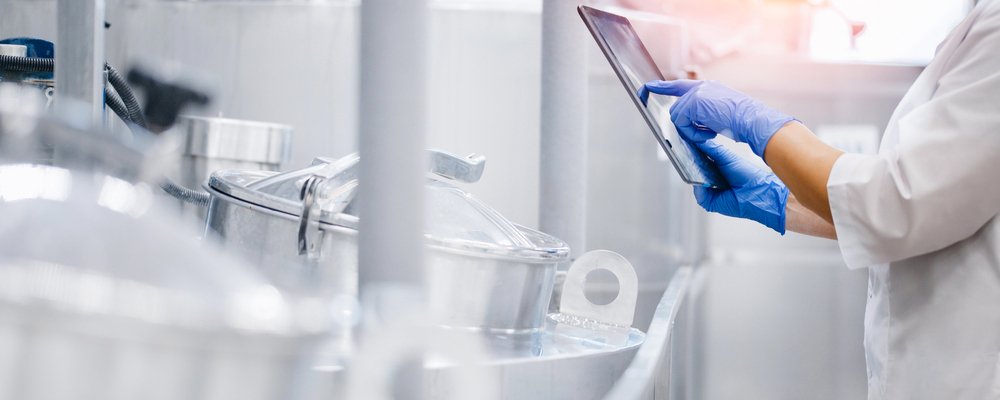Food poisoning, while often not serious, can lead to uncomfortable symptoms and temporary discomfort for those affected. In many cases, individuals suffering from food poisoning experience symptoms such as nausea, vomiting, diarrhea, stomach cramps, and fever. These symptoms typically arise within hours or days after consuming contaminated food or beverages.
2. food poisoning
Food poisoning, medically known as foodborne illness, is a condition caused by consuming contaminated food or beverages. Contamination can occur at any stage of food production, processing, handling, or preparation. This contamination can arise from various sources including bacteria, viruses, parasites, or toxins produced by microorganisms.
5. Bacteria in food
Bacteria in food can be a significant source of foodborne illness, leading to conditions commonly referred to as food poisoning. While many bacteria are harmless or even beneficial, certain strains have the potential to cause illness when ingested. Here are some key points about bacteria in food
6. Viruses and parasites in food
Viruses and parasites are other types of microorganisms that can contaminate food and lead to foodborne illnesses. While bacteria are more commonly associated with food poisoning, viruses and parasites can also pose significant health risks when consumed. Here's an overview of viruses and parasites in food
12. Hazard Analysis and Critical Control Points (HACCP)





